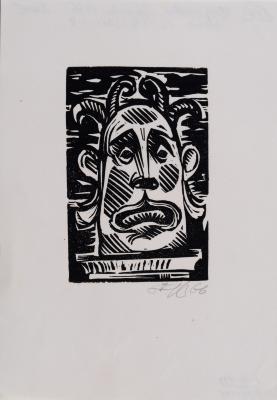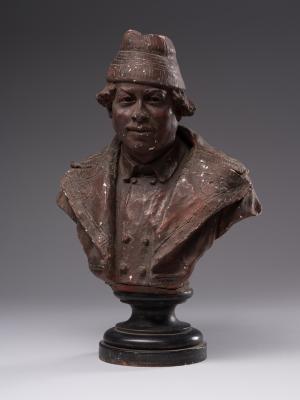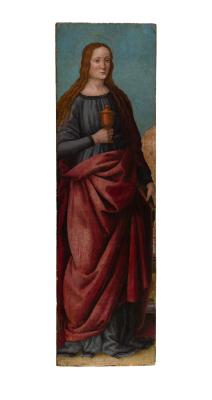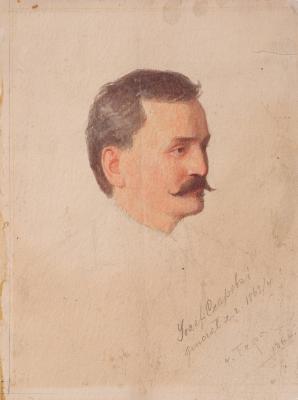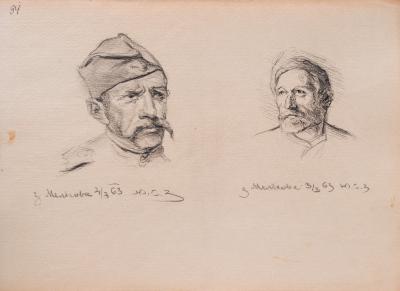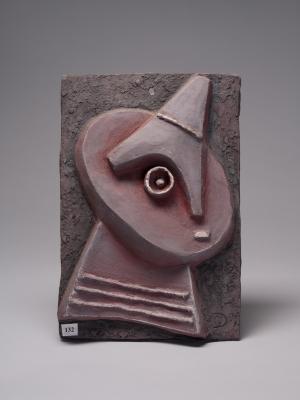The Gautama Hand
Alexander Aksinin
- ID
- Г-IV-4088
- Author
- Alexander Aksinin
- Name
- The Gautama Hand
- Date of creation
- 1980
- Technique
- etching
- Material
- imprint on paper
- Dimensions (height x width, cm)
- 13.1 x 9.5
- Type
- printmaking
- Provenance
- Courtesy of V. Onusaitis, 1987
The artwork was created as a gift for Oleksandr Koroliov, a psychiatrist, an art enthusiast, and a friend of Alexander Aksinin.
"Gautamа's hand" (Buddha's hand) is the author's depiction of the hand with four thin fingers folded in the palm. In this way, Alexander Aksinin appears to have drawn a spiritual parallel between the true physician Koroliov and the truth-seeker Gautama, who attained Enlightenment. Koroliov often spoke of Eastern philosophy and religion. In doing so, he actively gestured with his hands, an important part of his image.
The hand, similar to Oleksandr Koroliov's one, is arranged in an oval shape. Each of the four folded fingers represents eyes and sound-emitting mouths (in this context, the work can be considered part of the "Sounds" series, which Alexander Aksinin was working on at that time). The phalanx bones are covered with small nimbus-like lids at the top, one of which in the centre is open and resembles a hat or a record (a hint that Oleksandr Koroliov was a fan of classical and jazz music and collected records). The hand is interpreted volumetrically as a sculptural form, with each of its elements, that is, a single finger or palm, functioning independently within the overall plastic structure. Two rows of triangles, the symbols of sounds, run horizontally down the hand. The artist's monogram and the year numbers 19 and 80 are on one of the triangles on the edge of the palm on the left. The composition's background is a small square niche with a volumetric hand composition. The niche's side facets and slopes are filled with small circles. The balls are interspersed with sharp conical elements in the upper and lower segments above and under the niche. The letters "AAKSININ" (on the left) and numbers 151 9 (on the right) can be found in the lower segment of the second row of the larger balls. The letters "GAUTAMA'S HAND" (in the centre) and the number 9 (on the right) are in the fourth row of balls from the same segment.
Oleksandr Koroliov (1946–2010), a psychiatrist, philanthropist, erudite, and expert in philosophy, literature, art, and music. In the 1960s–1980s, his apartment on Komsomolska St. (now the Rohatyntsi Brothers St.) in Lviv was one of the informal gathering places for the creative public. Alexander Aksinin and Oleksandr Koroliov were spiritually close and understood each other well.













